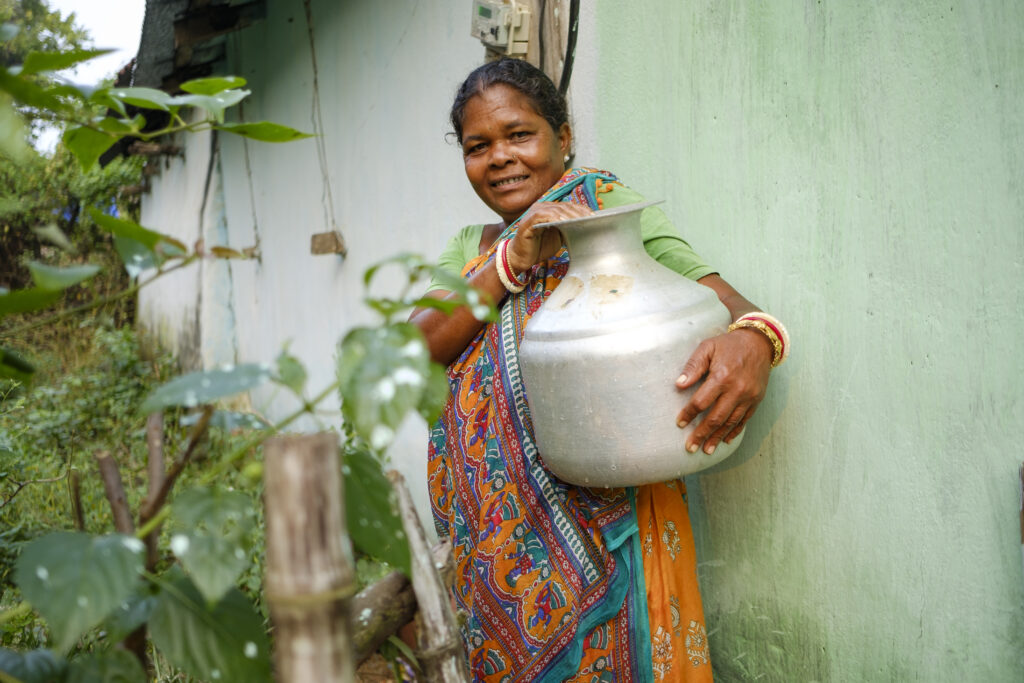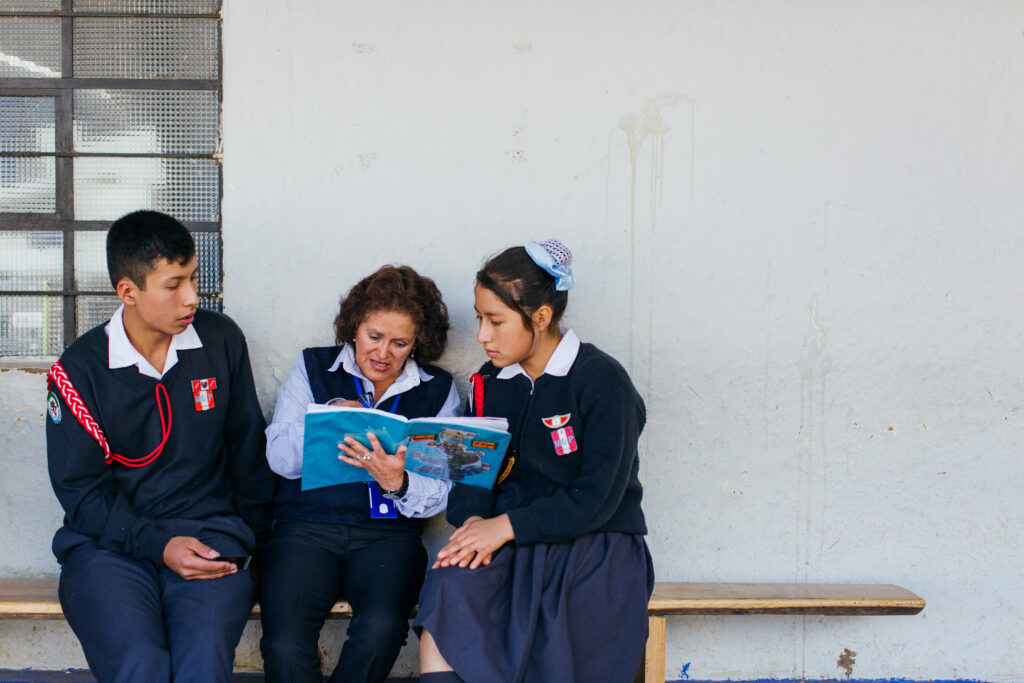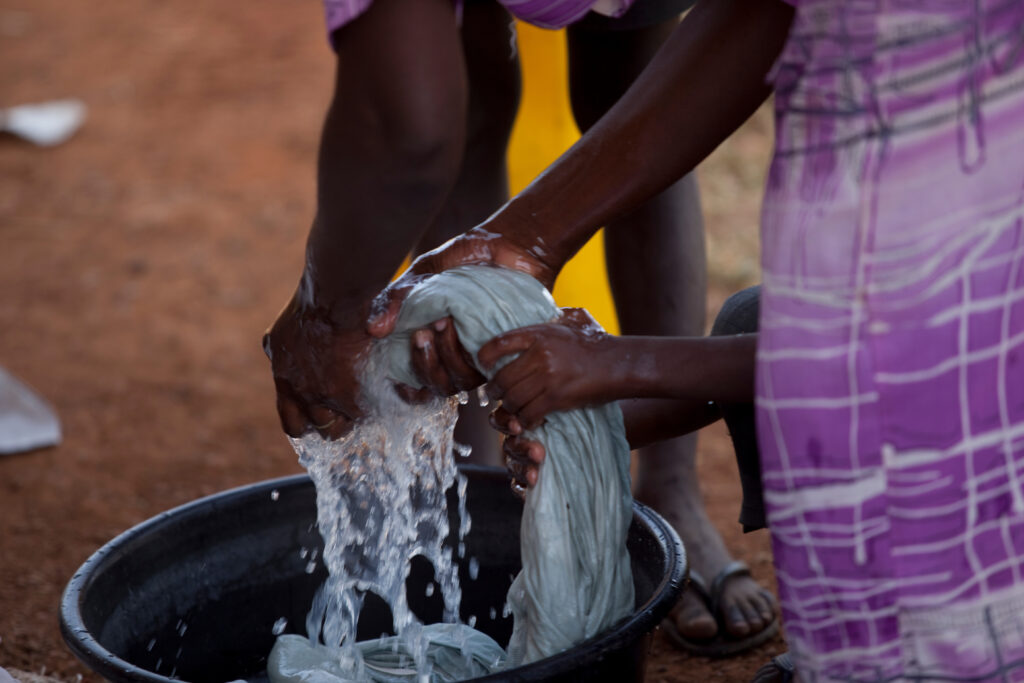by Mark Duey, Chief Programs Officer, Water For People
Versión en español aquí.
When Prime Minister Modi took office in India in 2014, there were an estimated 100 million families without toilets. After five years of government investment through a national program called Swachh Bharat (Clean India) Mission, the Indian people are three months away from the 150th anniversary of the birth of champion of sanitation and cleanliness Mahatma Gandhi, when India will officially be declared open-defecation free. Although many will question the last mile coverage and hence the declaration, what cannot be questioned is the tremendous progress made in sanitation during Modi’s first term (from 38.7% sanitation coverage in 2014 to 98% in 2019).
In Bolivia, where President Evo Morales will run for an unprecedented fourth term in October, there are roughly 400,000 families without a toilet. Bolivia’s rural sanitation coverage stands as the lowest in Latin America, with 38.5% of the rural population practicing open defecation. Evo has been a global champion of water as a human right and has invested nearly USD $2 billion (yes billion) in drinking water and urban sanitation projects over the last 12 years. But now it’s time to focus on rural sanitation.
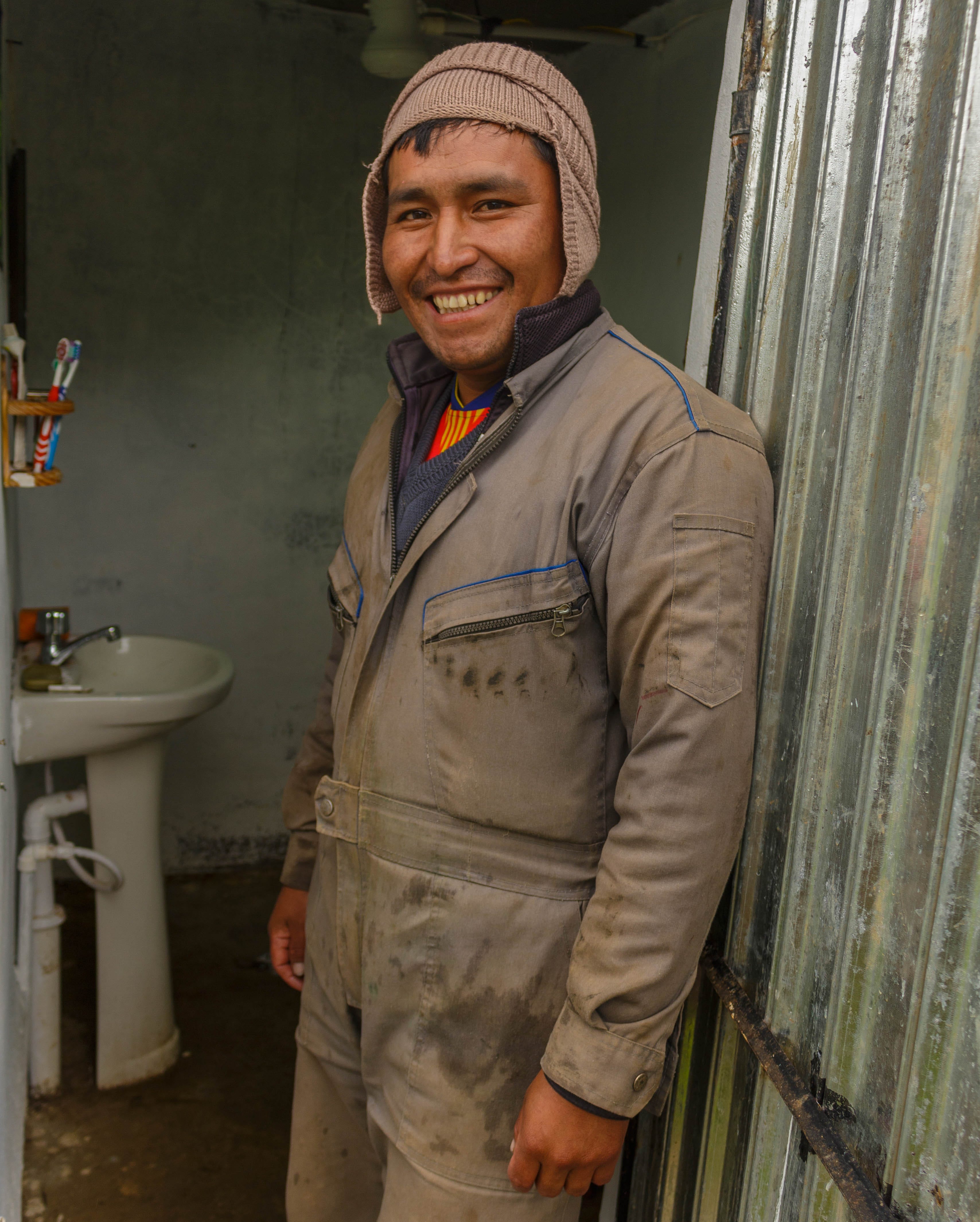
David Siles is the mayor of the Villa Rivero district, located in the Valle Alto of the Cochabamba department in Bolivia. Starting in 2016 with guidance from Water For People, an NGO focused on creating sustainable water and sanitation services, David has developed and led a local government initiative called Construyo Mi Baño con Incentivo Muncipal. (I Build My Bathroom with a Municipal Incentive). This initiative has resulted in hundreds of families in the 42 villages of Villa Rivero building and using bathrooms in their homes, making them the first generation in their families to have access to something so many of us take for granted: a toilet.
David’s secret? With just a minimal incentive, families in rural Bolivia will eagerly invest their own time and money (through savings or a microloan from a microfinance institution) to improve and dignify their home by building a bathroom. The local government of Villa Rivero provides a basic ceramic toilet, small sink, and shower head (total cost is about $50) to any family that is willing to build the walls, roof, and a septic tank for the bathroom (average investment is about $550).
Here’s how it works from the perspective of the family:
1. We learn about the program through word of mouth or radio or TV ads the local government produced with support from Water For People.
2. We visit the district water and sanitation office ("DMSB" is the acronym in Bolivia) to fill out an application to participate in the program.
3. We hire a local mason to build the walls, roof, and septic tank or we do it ourselves.
4. We notify the DMSB that we have finished construction.
5. After a visit to our house by a DMSB officer to verify, we receive our toilet, sink, and shower head.
6. We enjoy our beautiful bathroom!
Momentum is building. Last year David helped local governments in five other districts in the Cochabamba department replicate the program. And just last week, local government officials from two other departments of Bolivia (Tarija and Oruro) visited Cochabamba to learn about the program and decided they will replicate it in 3 of their districts in 2020.
Could this become a national program? Let’s look at the math (in USD):

How many bathrooms does Bolivia need to end the sanitation crisis? Based on JMP data, Water For People estimates 400,000 — which would require a USD $20,000,000 investment for local government incentives.
Could the national government channel USD $5,000,000 per year for the next four years through local governments to get this done? Remember they have already invested nearly USD $2 billion in drinking water and sanitation by means of national programs. So clearly, yes!
Do the local governments of the 338 districts across Bolivia have the financial capacity to manage this level of funding? At an average of USD $15,000 per district per year, they absolutely do.
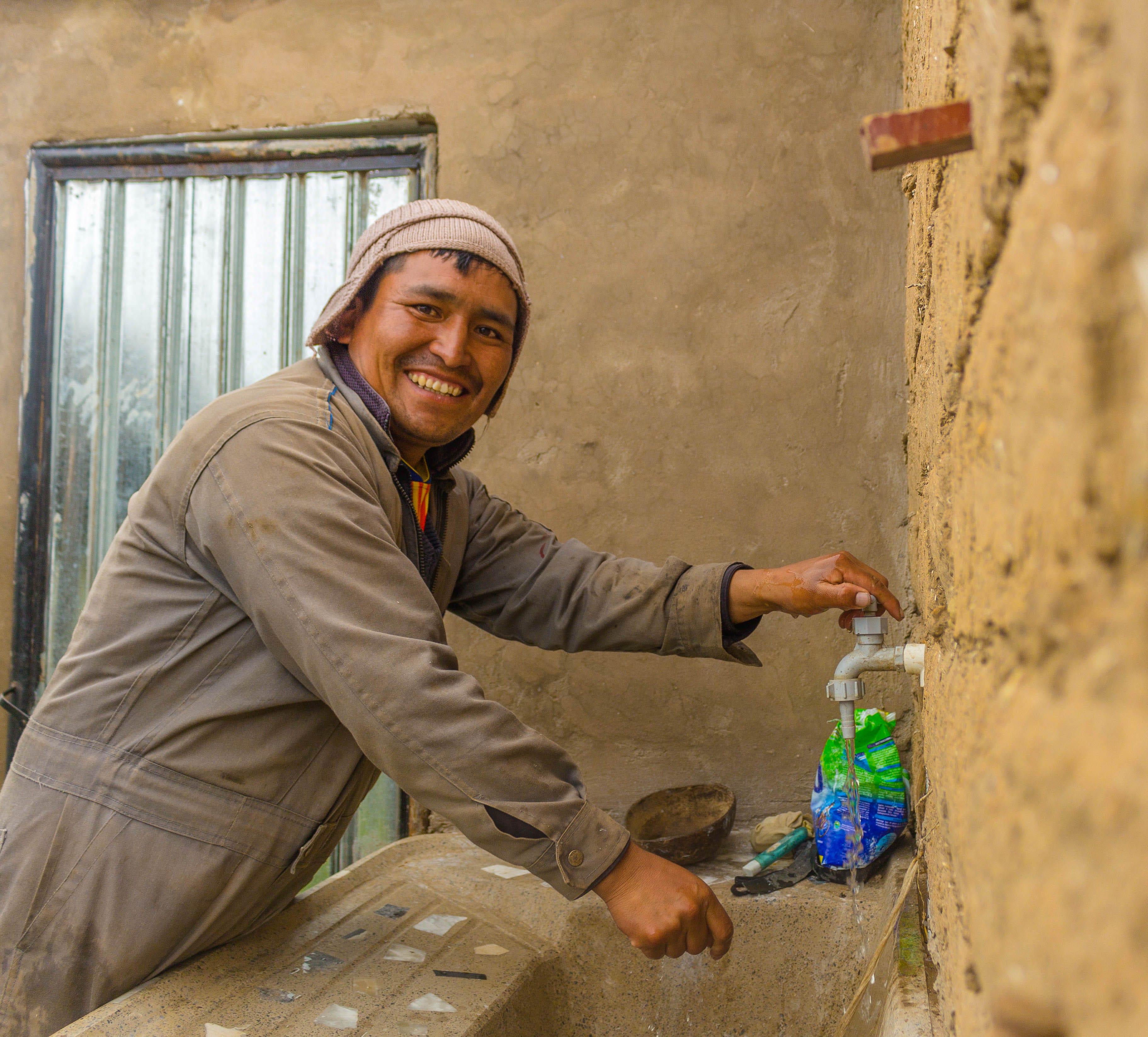
What about human capacity? The Vice Ministry of Drinking Water and Sanitation, with support from Water For People, is working on a national DMSB policy which will require the creation of district water and sanitation offices (like the one in Villa Rivero) across the country as soon as next year.
So, Evo, what do you say about ending Bolivia’s sanitation crisis? Talk with Mayor David Siles of Villa Rivero and his technical team. I say you’ve got this.

